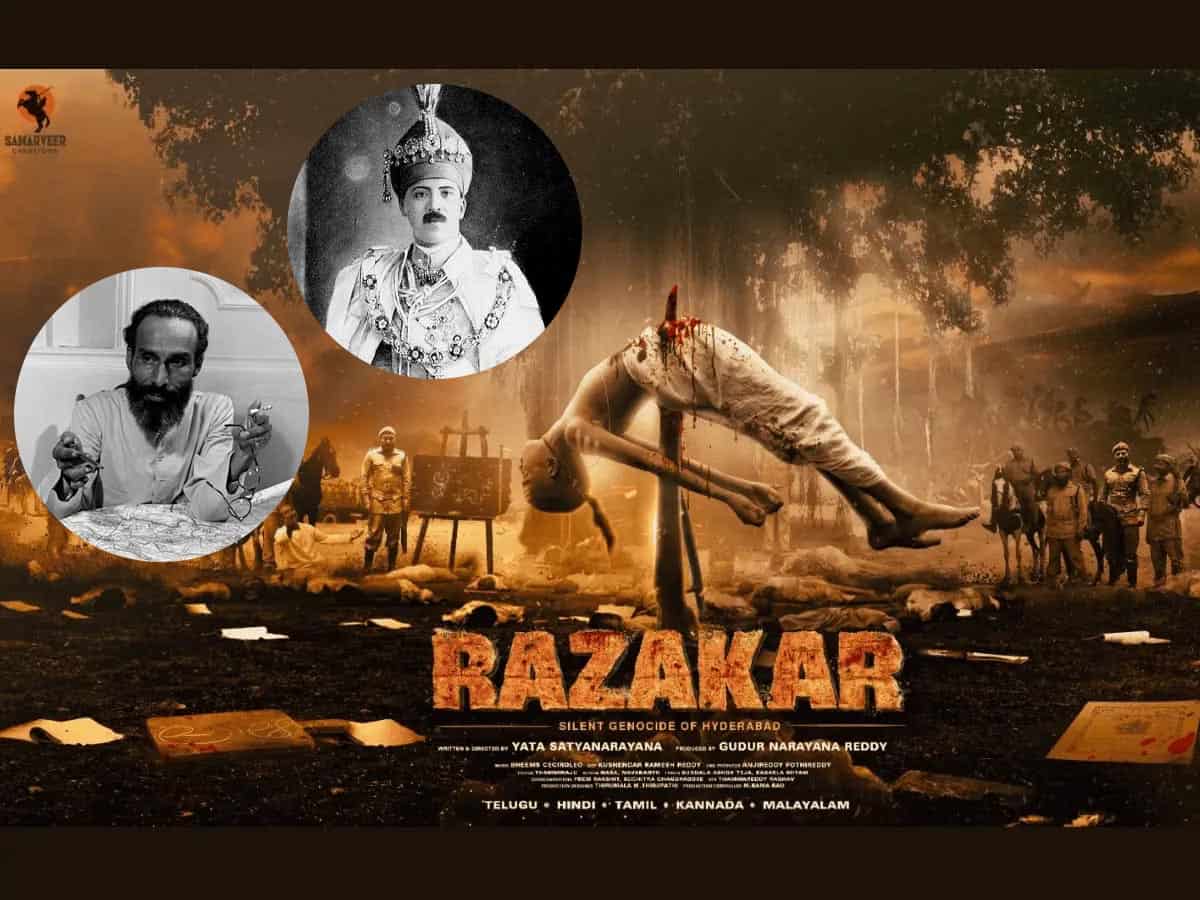
Hyderabad: Bharatiya Janata Party (BJP) leader Gudur Narayan Reddy’s movie ‘Razakar: Silent Genocide of Hyderabad’, based on the annexation of Hyderabad to India in 1948, is slated for release on March 1. The Hindutva propaganda movie largely focuses on the Muslim militia called Razakars (volunteers) which indulged in looting and other violence in the days leading to the erstwhile Hyderabad state’s annexation by the Indian army on September 17, 1948. The movie was supposed to release last year before the Assembly polls but was delayed.
Narayan Reddy, a long time Congressman from Bhongir district who shifted to the BJP a few years ago, has produced the film. It was slated to release in the run up to the Telangana Assembly election that was held on November 30 last year. In October, he had written to the Chief Electoral Officer (CEO) asking to allow his move to be released on November 17, stating that it was not made with the intention to create communal discord, given that many have accused him to spreading anti-Muslim hate through the film.
However the movie did not release last year, and eventually got delayed. Moreover, it may be recalled that Bharat Rashtra Samithi (BRS) working president KT Rama Rao (KTR) had in September 2023 also stated that the then BRS government would stop the movie’s release and take the issue to the censor board.
The movie’s poster also portrays some casteist overtones. It shows a purported Brahmin boy being impaled as Razakars from a distance watch.
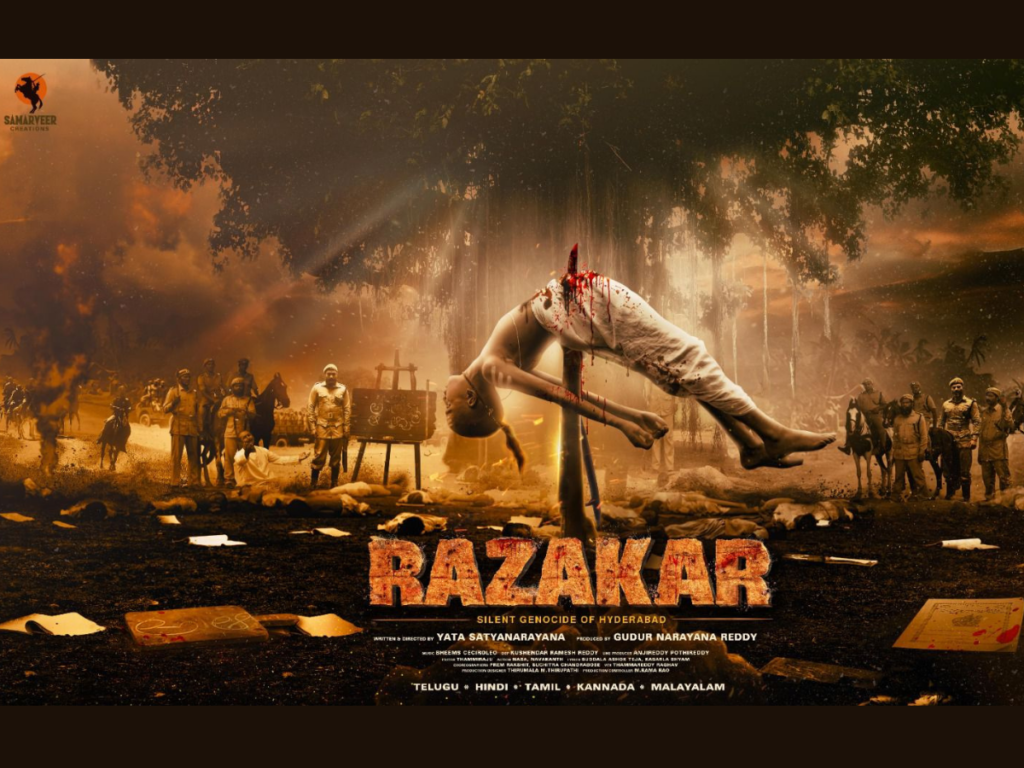
What the movie will likely ignore
While Narayan Reddy’s movie pushes the narrative that most or all Muslims, and the last Nizam Mir Osman Ali Khan, did not want the erstwhile state of Hyderabad to unify with India after independence, the truth is from from it. What the movie will most likely omit is the Telangana Armed Struggle, a Communist Party of India (CPI)-led peasant rebellion that had begun as early as 1946 itself, and continued all the way till 1951. It was a bigger reason for the Indian army being sent.
Many of the CPI’s leaders then were Muslims, and many amongst Muslims in fact also wanted the Nizam to peacefully accede to the Indian government through negotiations.
More importantly, the larger issue concerning Operation Polo is the killings of thousands of Muslims in the Marathwada and Karnataka parts of the Hyderabad state. While the annexation itself is an issue per se, an estimated 26000 to 40000 Muslims lost their lives due to communal violence inflicted on the populace in the aftermath. Given how emotional the entire issue is for people whose families have been affected, both the Razakar violence and killings of Muslims are equally abhorrent and must be condemned.
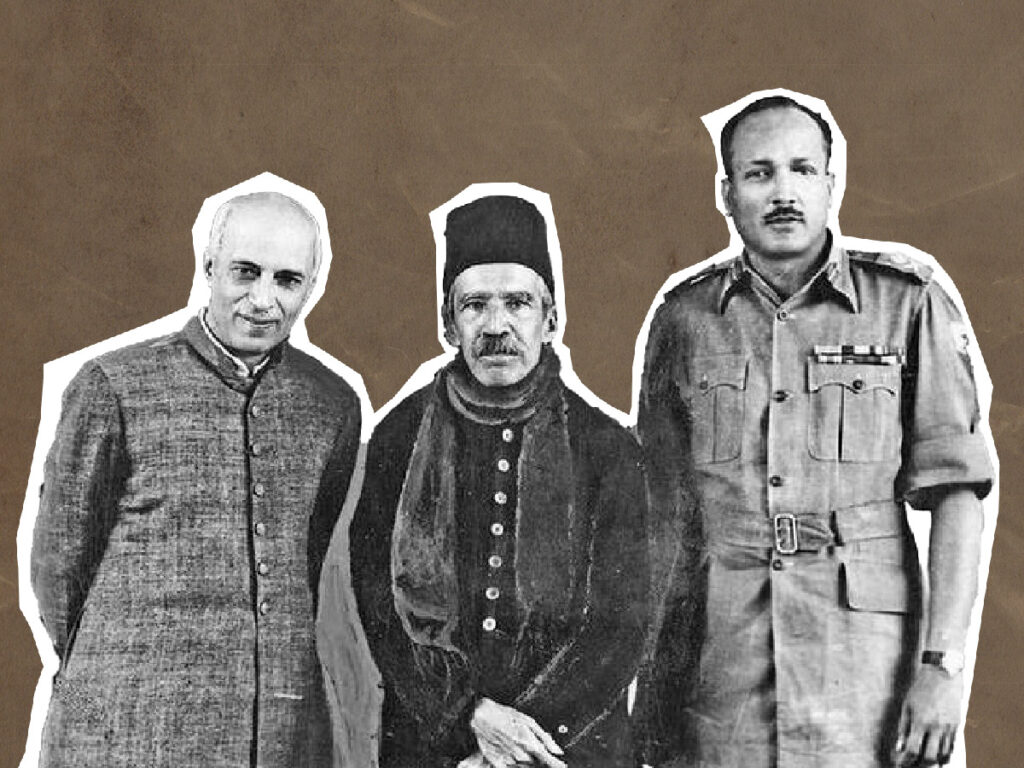
The rebellion against state-appointed feudal landlords in Telangana was a result of oppression on peasants and other oppressed caste people who faced continuous harassment and lived in slavery-like situations in Telangana’s districts. The Hyderabad state, run by (initially Mughal appointed) Nizams from 1724 to 1948, was one of the largest princely states under British India.
The state had 16 districts spread over 82,698 square miles, and eight districts were in Telangana. Five were in what is today Maharashtra and three in today’s Karnataka. It was a multi-lingual state with Marathi, Kannada, Telugu, and Urdu languages. The population was about 1.6 crore, with about 85% being Hindus, and about 12% Muslims.
Narayan Reddy in previous conversations with this journalist said that he hails from a community of land owners under the Nizam, and that his grandfather had faced Razakars when they were active from 1947-48. The trailer from his movie is clear in what he wants to propagate. The idea that there was a violent streak of anti-Hindu attacks on the majority community in the Hyderabad state.
From scenes of Razakars assaulting and disrespecting Hindus to dialogues like “you should change your religion or leave the state”, the movie is a big attempt to rewrite history by reimagining history from a right-wing Hindutva narrative.
The reality of Operation Polo and the annexation of Hyderabad
Much before the Razakars came into the picture, the Telangana Armed Struggle began in 1946 when villagers from various districts began to pressure the communists or the CPI to help them resist the atrocities of the landlords, police and Razakars. Vetti Chakiri (bonded labour) was also commonplace in rural Telangana, wherein lower-caste folks were forced to service the higher castes and the landowning class.
Though the British formally left India in 1947, it however gave princely states and their monarchs the option to join India or Pakistan, or to stay independent. Osman Ali Khan was one of the handful of kings, like Hari Singh of Jammu and Kashmir, who wanted to stay independent. After all, he was a king of the largest princely state, Hyderabad, which comprised 16 districts in 1948 (8 in Telangana, 5 in Maharashtra and 3 in Karnataka).
While Hyderabad as a city was more or less a capital with all modern day amenities and infrastructure by the 1940s, there was also a dark side to it, especially in Telangana’s districts. The rural areas were marked with extreme oppression by state-appointed Jagirdars (landlords), whose main task was to collect revenue (taxes and rent) from farmers and give it to the state. The jagirdars were anything but benevolent or kind.

In fact, that extreme feudal oppression also led to the Telangana Armed Struggle (1946-51), which continued even after Operation Polo. Vetti Chakiri (bonded labour) was also commonplace in rural Telangana, wherein lower-caste folks were forced to service the higher castes and the landowning class. More than that, the Nizam himself had directly owned 10% of the state’s lands, while 60% of it were revenue lands (Diwani), and 30% were under the Jagirdars (Telangana People’s Struggle and its lesson: P. Sundarayya).
Bonded labour and forced collections are believed to be the main reasons behind the uprising, which began in 1946, and officially ended in 1951, till the communists decided to contest elections. Some of the tallest CPI leaders from Telangana then were Makhdoom Mohiuddin, Ravi Narayan Reddy, Arutla Kamala Devi, Ch. Rajeshwar Rao, etc.
Razakars and Qasim Razvi
Things changed completely in 1946, when a separate parallel political power emerged in the Hyderabad state, in the form of Syed Qasim Razvi, a lawyer from Latur (Marathwada region in Maharashtra), who took over the reigns of the Majlis-e-Ittehadul Muslimeen (started in 1927) in 1946, after the death of Bahadur Yar Jung in 1944. Jung was one the MIM’s most powerful leaders and was a respected figure. It is hard to say what would have happened had he not died under suspicious circumstances (suspected poisoning).
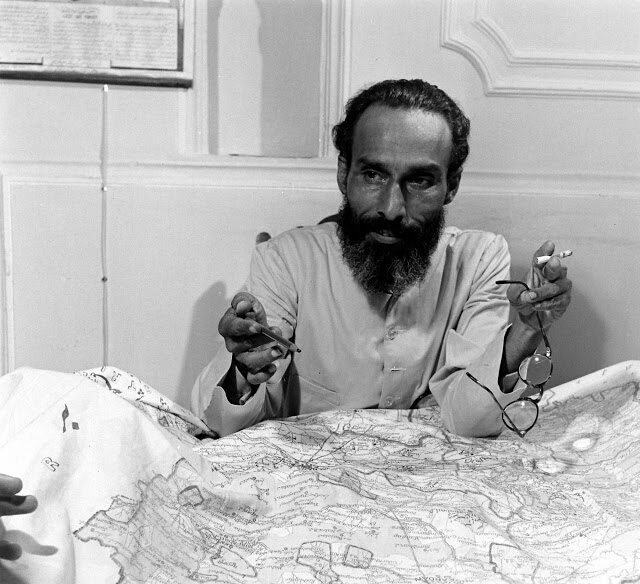
One of the major reasons behind Police Action is believed to be the fanatical Qasim Razvi, who started the Razakar (volunteers) militia, and indulged in atrocities. The issue with Razvi was his violence. The late author Omar Khalidi in his seminal book ‘Hyderabad: After The Fall’ notes that, “Under Razavi’s charge the organisation (MIM) fairly quickly became a militant and somewhat frenzied party, accused, not without cause, of being fascist in both spirit and structure.”
The Indian army’s advance
The Indian army began its march on September 13 1948, and entered entered Hyderabad within five days by September 18, from the Bombay-Hyderabad main road, finally ending Operation Polo. According to Syed Ahmed El-Edroos, the last military commander of the Hyderabad State Army, the Razakars had suffered heavy casualties at Bidar where they tried to take on the Indian army.
Many fellow men of Qasim Razi reportedly fled and threw away their uniforms in local lakes along with their weapons. The Hyderabad state barely had anyone to fight for it in reality.
In fact, we get an idea of how strong the CPI-led Telangana Armed Struggle was in Edroos’s own book. He writes that the rural areas of Telangana under left-control had a stronger intelligence and that law and order even was in check thanks to them. Many often forget that the Indian army was stationed in Telangana (Hyderabad state) until 1951 to try and quell the peasant rebellion It was however called-off on October 21 by the CPI after which the party took the democratic route and contested elections (through the People’s Democratic Front) in the first elections of 1951-52.
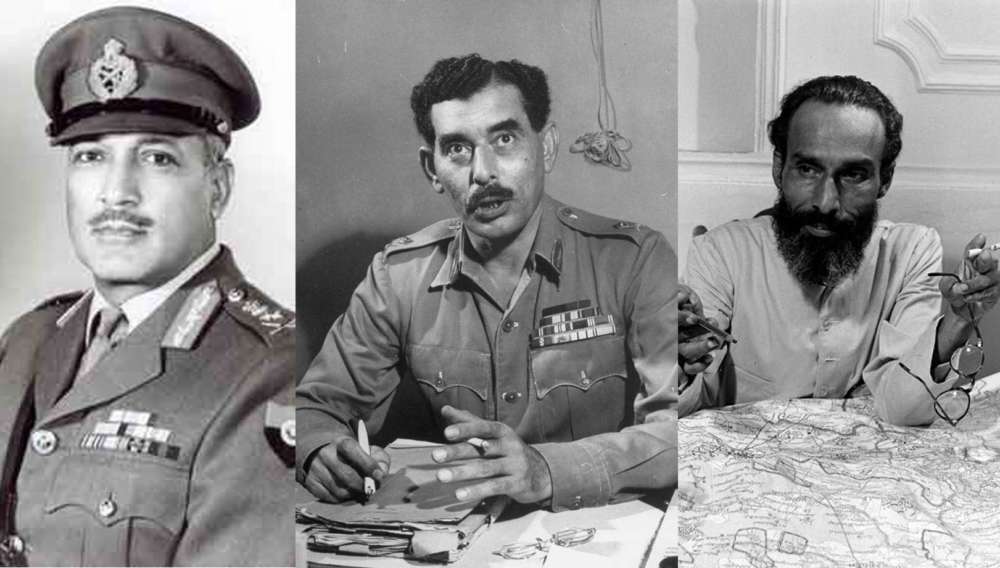
In the aftermath of Operation Polo, Lt. Col. J. N. Chaudhuri, who led Operation Polo, took over as military governor for 18 months of Hyderabad, after which a provincial government under M. K. Vellodi existed till the first general elections. It may be noted that the last Nizam was made the Rajpramukh in 1950, while Razvi had been arrested and sent to jail for nearly a decade, after which he was allowed to leave for Pakistan.
The Sunderlal committee report formed in the aftermath of Operation Polo states that 26,000 to 40,000 Muslims were killed in communal violence, mainly in the districts of Maharashtra and Karnataka.



